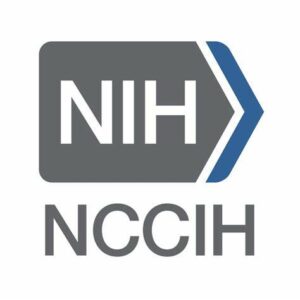July 12, 2023
Dr. Helene M. Langevin, MD, who directs the National Center for Complementary and Integrative Health (NCCIH), the arm of the US government’s NIH (National Institutes of Health) devoted to the exploration of complementary and alternative medicine, recently announced their plans to develop an open-access project with the goal of correlating the anatomy and physiology of acupoints: the Topological Atlas and Repository for Acupoint Research or TARA:
“The TARA database will allow the integration of existing knowledge on the neural effects of acupuncture with new knowledge in other domains as it emerges, such as on the relationship of acupoints to paths of interstitial fluid flow,” said Langevin. “These elements will help researchers demystify poorly understood phenomena long described in classical acupuncture texts when referring to acupoints and meridians, such as ‘flow,’ ‘stagnation,’ or ‘blockages,’ and help capture physiological processes that we simply haven’t examined closely enough or fully understood.”
In short, TARA seeks to close the gap between the Western and acupunctural views of the body using MRIs (magnetic resonance imaging) to three-dimensionally map acupoints on the skin to the underlying soft tissue (ie muscle, nerves, tendons, etc) of the body to determine how and why they interact and affect each other. This project is the culmination of discussion within the research community that has been ongoing since 1997, when an NIH-hosted consensus panel discussion assessed the mixed evidence and embedded research challenges associated with studying acupuncture.
